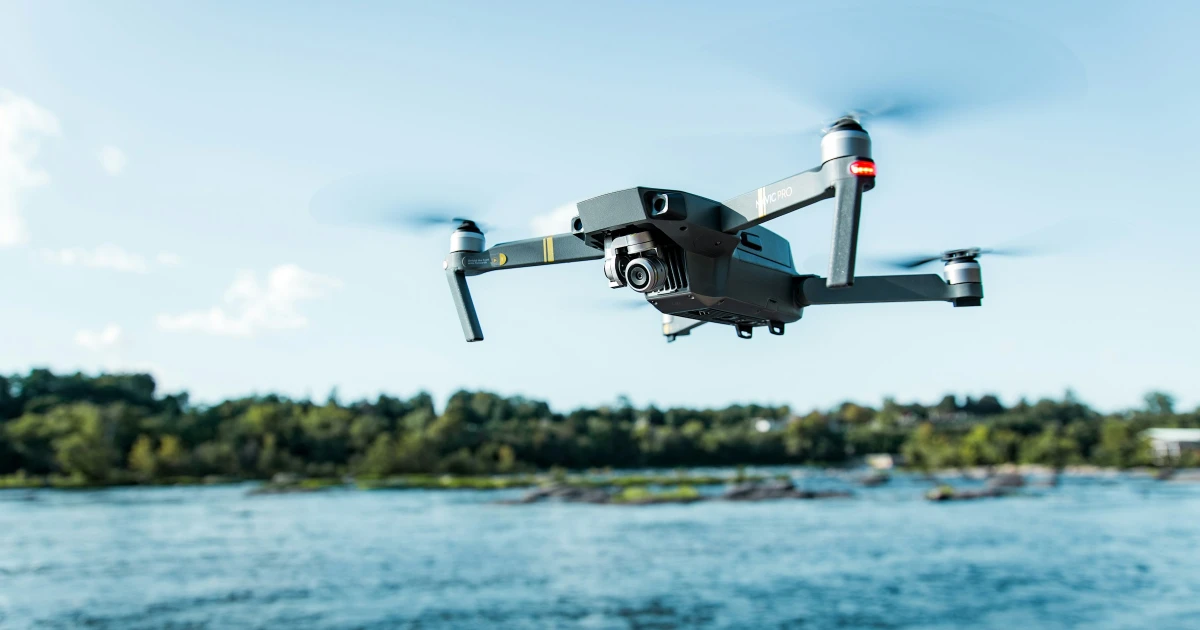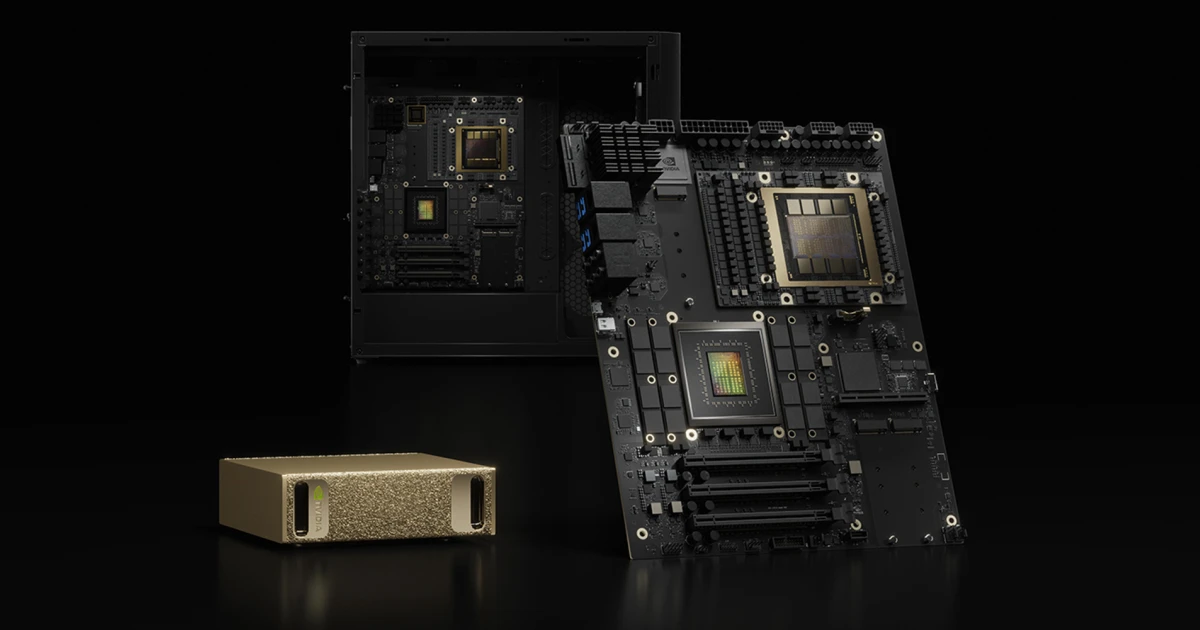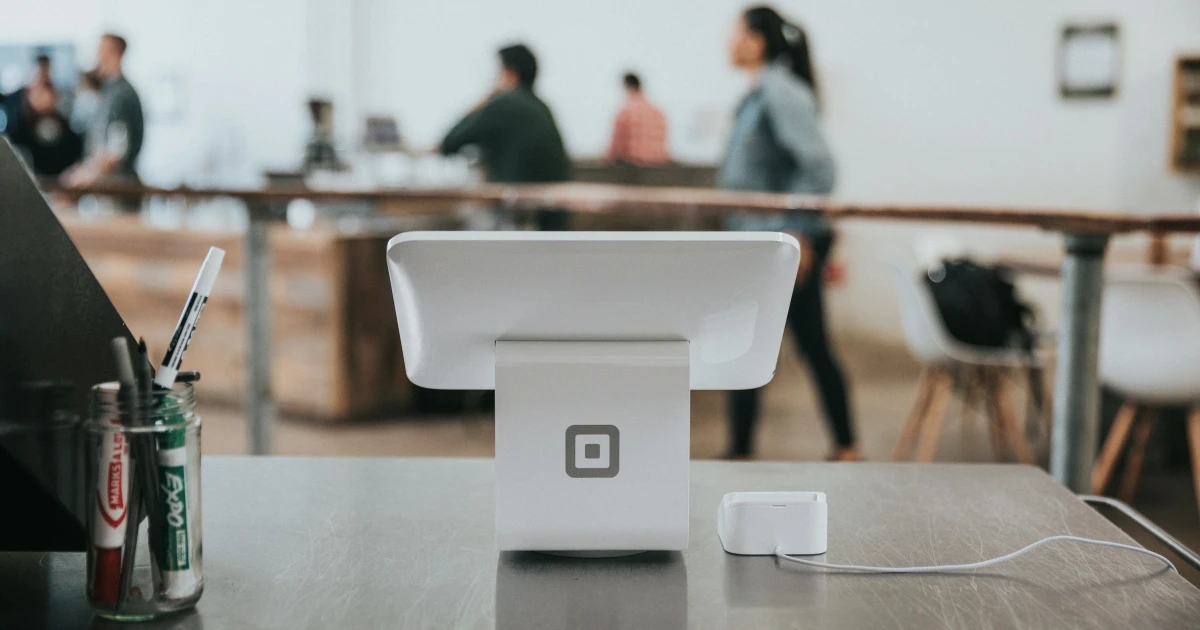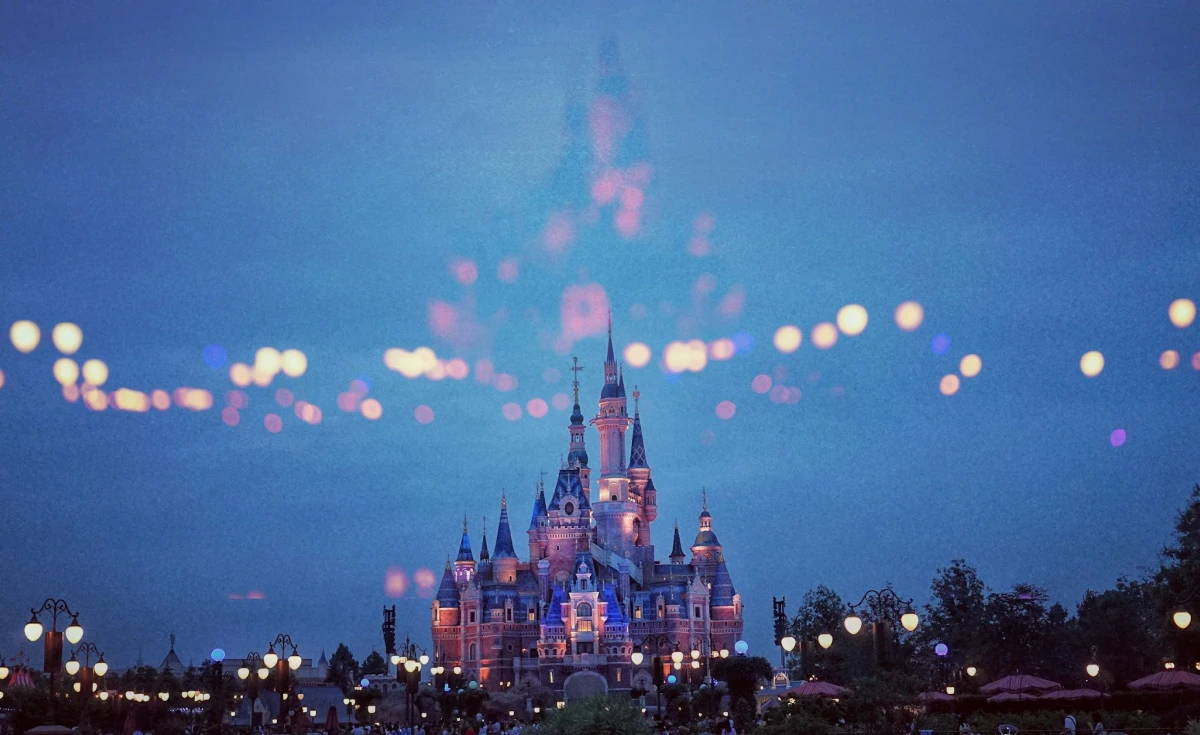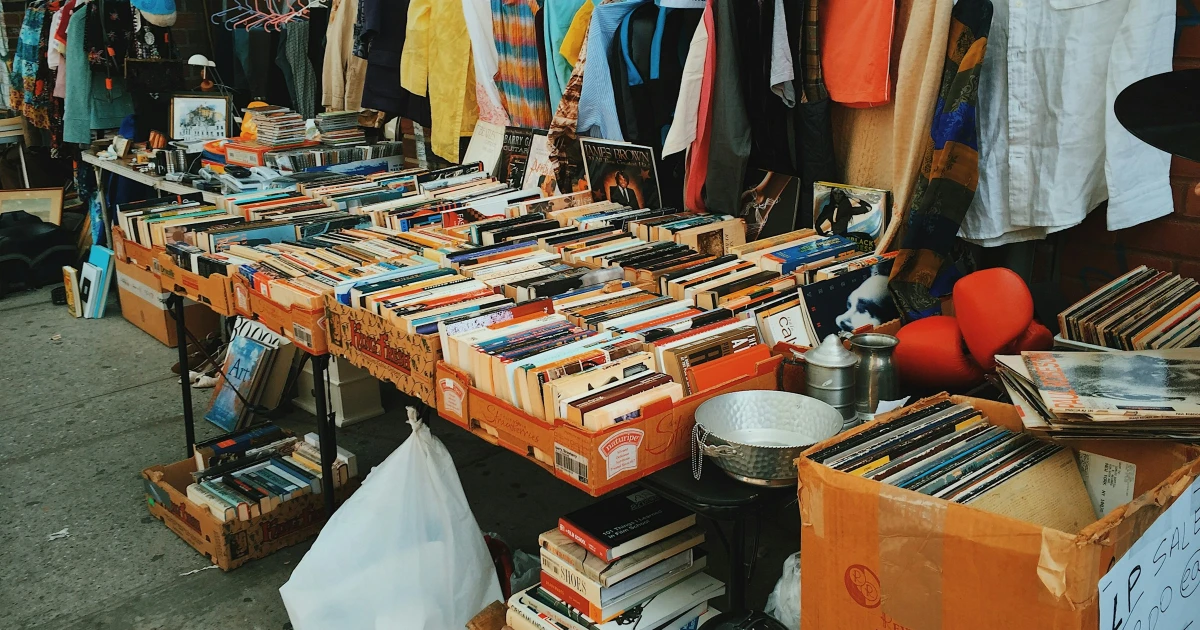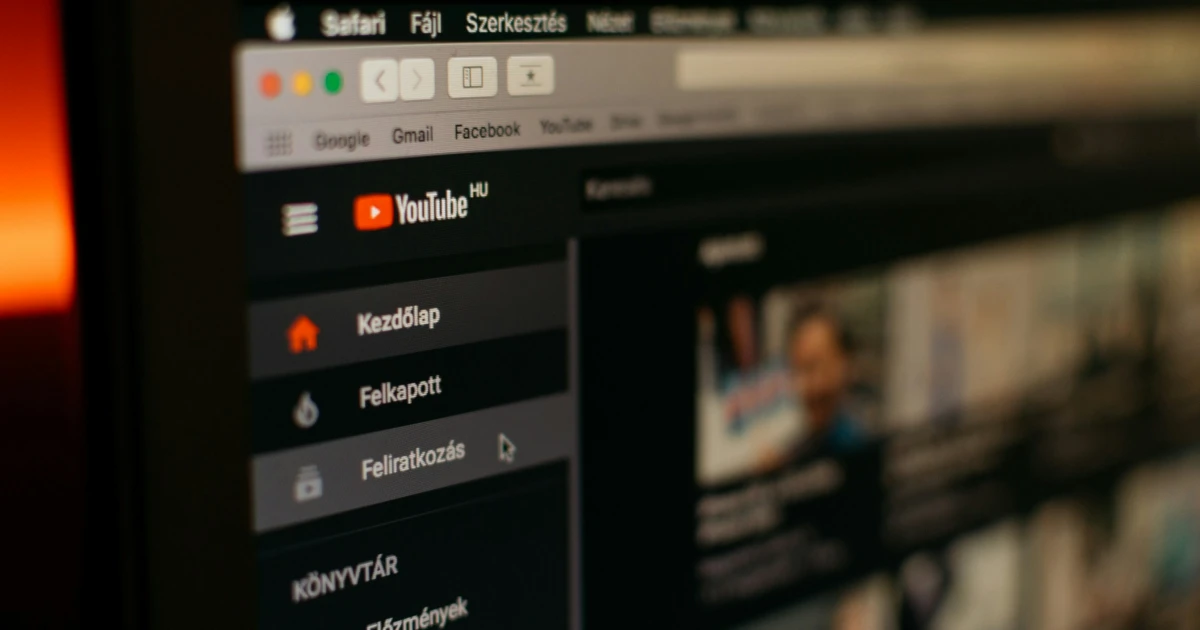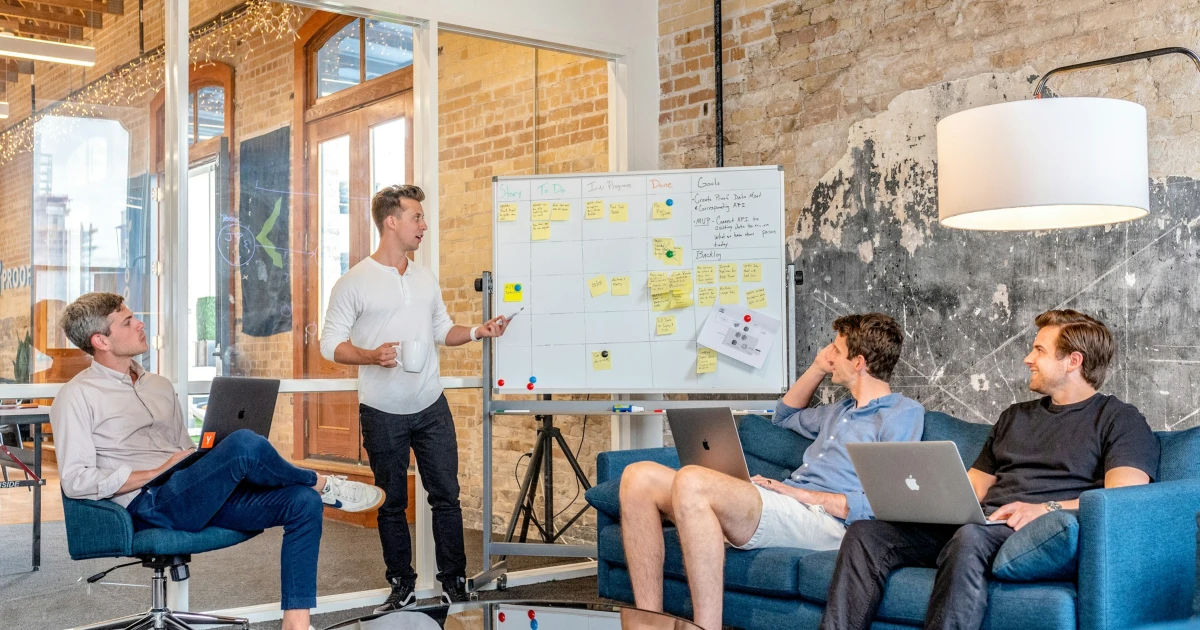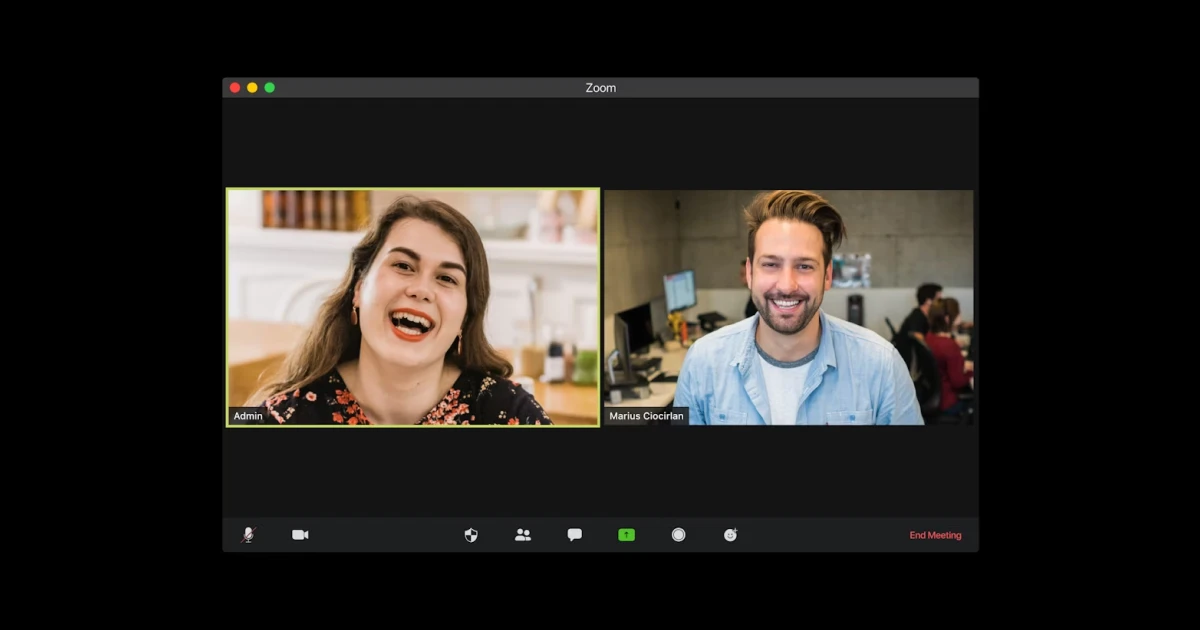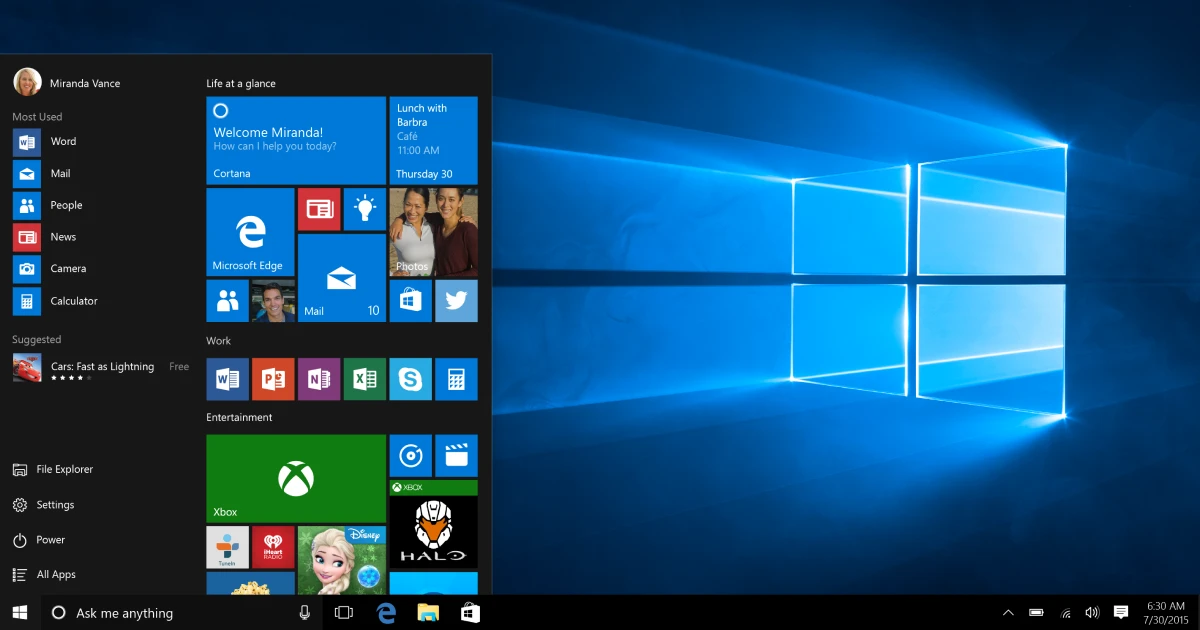Due to their capabilities, drones provide smooth and clear shots that can capture every detail, even from far distances and even during motion. I must admit, I’m blown away to see the level of detail that can be captured with these technologies, and it’s no wonder that drone shots have become a common feature in many film productions. It offers a unique perspective from the world and from the events, which, otherwise, would have been impossible with traditional filming methods.
That’s true! A drone allows you to fly high above the earth, sweep over landscapes and snap magnificent photos or videos that will astound any viewer. But the advantages of using drones in the media go beyond producing spectacular shots. Think about it! If you have to cover a huge protest or rally – a drone can capture the event’s size and excitement in a way that a regular camera cannot.
Even more so, drones are of incredible use in the vent of a natural disaster or environmental crisis. This technology can record the size of the devastation and give the viewers and experts crucial information that might help them to assess the damage. Take the incident of Hurricane Harvey, for example. After the storm that left Texas devastated, media outlets provided drone footage illustrating an unprecedented view of the damage. This way, we were able to see the extent of the flooding and the level of destruction left by the hurricane, and it helped us understand the magnitude of the tragedy. And all of this without putting journalists in danger
And that’s not all! Yes, drones are versatile, and we are thankful for that, but they are also cost-effective. Conventional aerial views necessitate the use of helicopters or planes, which can be expensive and also pose a threat to the environment. The fact that drones can be handled by a single person further reduces costs and promotes efficiency, and it seems like that is what everyone is looking for these days.
Here’s the deal – drones have become indispensable tools for filmmakers. If you want to create a breathtaking aerial shot for your film, look no further. The opening shot of the 2015 James Bond film “Spectre” perfectly employed drone technology. How? Well, during the procession of the Day of the Dead in Mexico City, a helicopter chases an automobile through the streets. This scene was made with the help of a drone that followed the automobile during the whole procession, offering an incredible overhead perspective of the city while introducing the viewers to the atmosphere of the film.
For journalists – drones are the ace up their sleeves. Look at the aftermath of Hurricane Maria in Puerto Rico. Here, journalists utilized drones to capture overhead images of the storm’s damage and devastation. It supplied viewers with essential background and assisted in telling the tale of the disaster in an informative way.
We can’t emphasize how useful drones were for journalism and media outlets. But drone footage can also be used during the coverage of large-scale events such as concerts or sports matches.
Since they can be used to capture panoramic views of the venue, it gives us a sense of the scale and excitement of the event. But not only can they capture athletes or artists in action, but they can also illustrate a preview of the shows that happen beforehand.
Remember the 2018 Winter Olympics? Drones were employed to produce a brilliant light show at the opening ceremony - capturing fresh viewpoints of the action. And during The Weeknd’s Super Bowl halftime show in 2021, drones were able to capture the immense set where the artist performed, while conventional camerawork wouldn’t have been able to do the same.
I think we can agree - drones have brought us a whole new world of possibilities. But let’s not forget that drones can become dangerous too.
In 2018, a drone was recording a music video in Brooklyn, NY, and crashed into a building - injuring two people. Also, in 2019, a drone was filming a triathlon in Australia, and it collided with a bike, inflicting a serious head injury to the driver. While the incidents are scarce, they show the potential hazards of using drones in public places. If you are using drones for leisure or work, make sure they won’t hurt anybody. It’s the bare minimum.
But while drones still have some problems, it’s impossible not to admire how much the media industry has changed because of them. Now, with the possibility of showing new perspectives, the stories we tell our public are even more accurate and especially even more impactful.




